Speaker Meeting (Zoom), 6pm
Mon, Apr 19th 2021 at 6:00 pm - 7:00 pm
Speaker: Mike Stone, Excavating Roman London
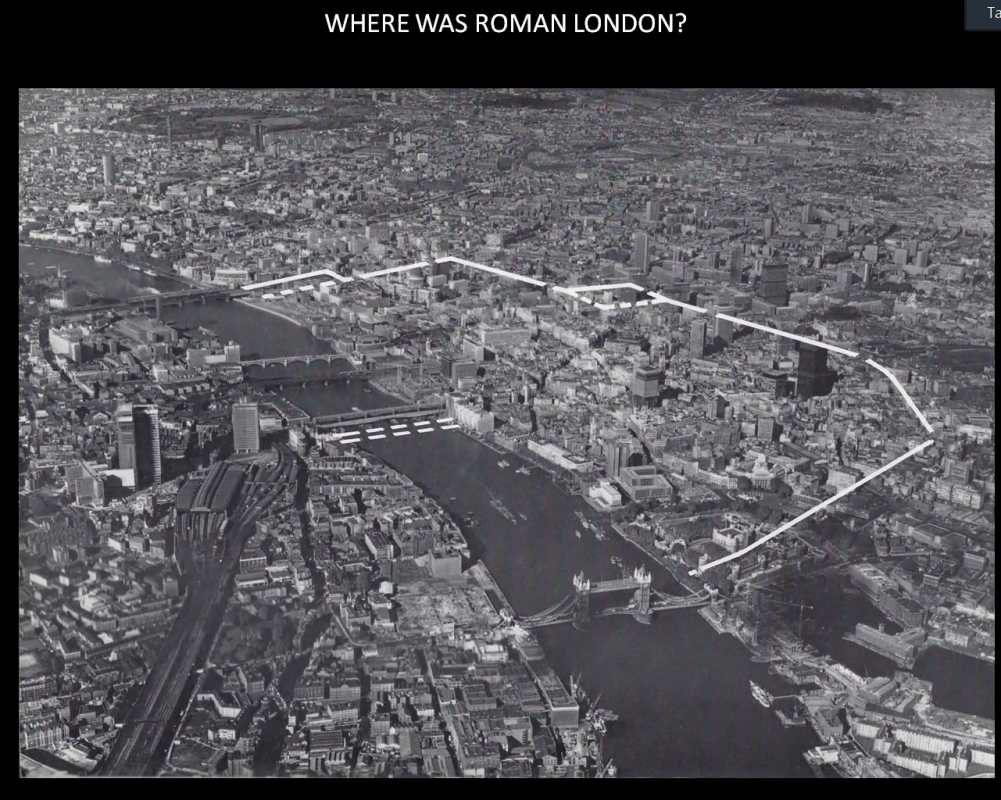
The city of London, founded by the Romans in the 1st Century AD, opened the first chapter in our capital's long history. There are few visual remains of Roman London but through archaeology ahead of developments Roman London is slowly emerging into the daylight.
Rotarian Mike Stone, author, lecturer, curator and archaeologist has spent 40 years working in archaeology, heritage, museums and as a visiting lecturer at Bristol, Bournemouth and Bath Universities for adult education programmes.
After graduating from the University of London, Institute of Archaeology, where he specialised in the Archaeology of the Roman Empire, carried out excavations in Italy, South of France, London and the West Country, and has worked in museums in London, Burton-on-Trent and Wiltshire. From 2000 to 2010 he was Curator/Manager of the Chippenham Museum & Heritage Centre and was a successful lead in obtaining a Heritage Lottery grant of behalf of Chippenham Town Council.
Londinium, also known as Roman London, was the capital of Roman Britain during most of the period of Roman rule. It was originally a settlement (marked by the white line in the picture) established on the current site of the City of London around AD 47–50. It sat at a key crossing point over the River Thames (dotted line across the Thames is the Roman wooden London Bridge) which turned the city into a road hub and major port, and a major commercial centre in Roman Britain until its abandonment during the 5th century.
Following the foundation of the town in the mid-1st century, early Londinium occupied the relatively small area of half a square mile. In the year 60 or 61, the rebellion of the Iceni under Boudica forced the Roman authorities to abandon the settlement, which was then razed. Following the defeat of Boudica by the Roman governor Gaius Suetonius Paulinus a military installation was established and the city was rebuilt. During the later decades of the 1st century, Londinium expanded rapidly, becoming Britannia's largest city, and it was provided with large public buildings such as a forum and amphitheatre. By the turn of the century, Londinium had grown to perhaps 30,000 or 60,000 people, almost certainly replacing Camulodunum (Colchester) as the provincial capital and by the mid-2nd century, Londinium was at its height. Its forum-basilica was one of the largest structures in Europe. Excavations have discovered evidence of a major fire that destroyed much of the city shortly thereafter, but the city was again rebuilt. By the second half of the 2nd century, Londinium appears to have shrunk in both size and population.
Although Londinium remained important for the rest of the Roman period, no further expansion resulted. Londinium supported a smaller but stable settlement population as archaeologists have found that much of the city after this date was covered in dark earth, the by-product of urban household waste, manure, ceramic tile, and non-farm debris of settlement occupation, which accumulated relatively undisturbed for centuries. Sometime between 190 and 225, the Romans built a defensive wall around the land side of the city. The London Wall survived for another 1,600 years and broadly defined the perimeter of the old City of London.
'What We Do' Main Pages:

The world stands on the brink of the complete eradication of Polio. With your help we can end this dreadful disease for ever. Together we can make history
more
A Partner Club is a Rotary club that supports ShelterBox's work in disaster relief by donating over £2,000 in a Rotary year
more
From Rotary Club local heats to national finals, Rotary Youth Competitions in a range of creative areas let young people’s skills flourish.
more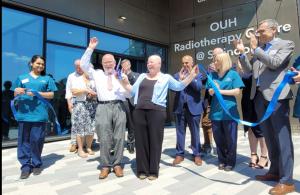
Brighter Futures launched their Radiotherapy Appeal in 2015. Today, 7 years later, a ribbon cutting ceremony has taken place at the Great Western Hospital
more
£1286 has been sent from our Emergency Disaster Fund to the Disasters Emergency Committee UKRAINE HUMANITARIAN APPEAL
more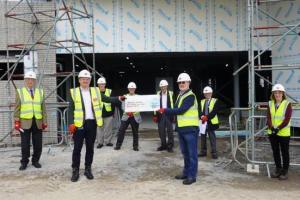
Rotary’s second major donation, of £208,000, was handed over on 7th July 2021 when local Rotarians visited the Great Western Hospital to view the build progress of the nearly completed radiotherapy unit.
more
We went to the races in March. It was a meeting with 10 races, 8 riders in each. It wasn’t at Epsom, or Haydock Park, or just up the M4 at Newbury. It was, of all places, in Wanborough Village Hall.
more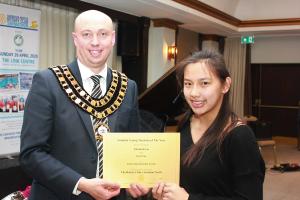
"In musical entertainment Swindon punches way above its weight. Some of the youngsters we've heard tonight will go on to make a name for themselves"
more
The Rotary Club of North Wiltshire (the name was changed to the Rotary Club of Swindon North in 2008) received its charter from Rotary International on 28th September 1966
more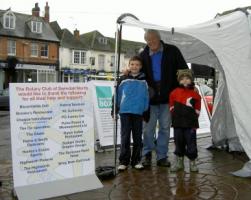
Rotarian Terry Williams' remarkable and unique fund raising effort, living in a ShelterBox emergency tent for a week in the Market Place, Highworth
more

